After launching its offensive following the Hamas-led terror attacks on Oct. 7, 2023, Israel created a sweeping buffer zone along the entirety of its western border with Gaza, while cutting off the north from the rest of the enclave with the establishment of the Netzarim Corridor. Sitting to the south of Gaza City it stretches from Israel’s western border with Gaza to the Mediterranean Sea.
But since March 18, maps released by the IDF indicate an expansion of its security zone around the corridor.
To the south, it has stationed its forces along the Philadelphi Corridor along Gaza’s southern border with Egypt and taken control of the border crossing in the city of Rafah, once designated a safe zone for Palestinians.
On April 12, Israel said it had completed what it calls the “Morag Corridor” to the north of Rafah and south of the city of Khan Younis, effectively sealing Rafah off from the rest of the enclave.
‘No longer protective’
As well as taking territory, the Israeli military routinely issues evacuation orders or designates areas as “no-go zones.”
But the United Nations estimated in mid-April that around 70% of Gaza was under one or both of these. This has left “Palestinians in Gaza with no safe place to go and little to survive on,” it said in a statement.
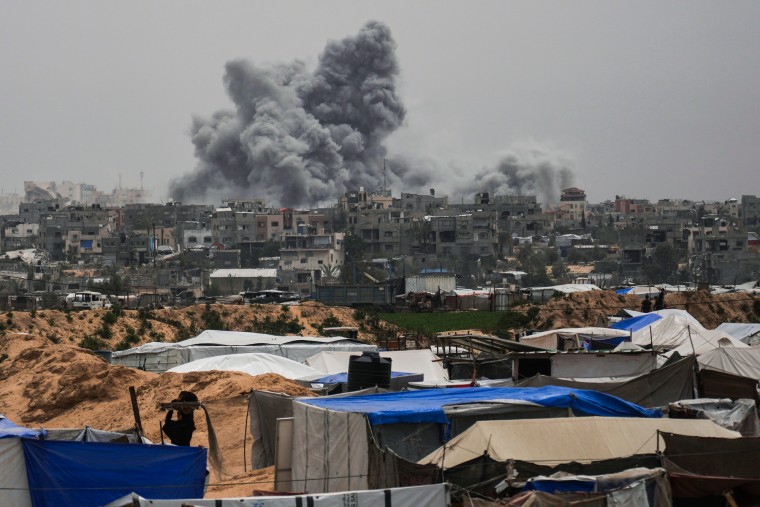
Yaakov Garb, an environmental studies professor at Ben Gurion University in Israel who has been studying the Israeli military’s maps, told NBC News in a phone interview last month that he estimated Israel’s buffer zones and other restricted areas now account for around 48% of the Gaza Strip.
“These buffers are no longer protective of Israel,” Garb said. “They’re more kind of moats around enclaves,” he said, referring to the increasingly packed areas that Palestinians are being ordered to evacuate to.
Humanitarian zones have vanished
The majority of the evacuation orders issued by the IDF since March 18 have seen Palestinians in northern Gaza ordered to move to Gaza City, while those under evacuation orders in central and southern Gaza have been funneled toward “known shelters” in Khan Younis and Al-Mawasi.
Prior to the ceasefire that began on Jan. 19, the IDF would frequently refer to Al-Mawasi as the “humanitarian zone” in its evacuation orders. But after it resumed its offensive, those references appeared to vanish.
The IDF told NBC News in a statement last week that Al-Mawasi was “currently not defined as a safe zone.” It added that evacuation zones would also change “in accordance with IDF operations” in the enclave. Asked if anywhere in Gaza was considered a “safe zone,” the IDF did not respond.
However, Palestinians in Gaza have said nowhere in the enclave has been “safe” throughout the war, which began after the Hamas-led Oct. 7 attacks in which 1,200 people were killed and 250 taken hostage, according to Israeli tallies.
Palestinian health officials say the Israeli offensive has killed more than 52,000 people in Gaza since then.
Even when Al-Mawasi was designated as a humanitarian zone, repeated Israeli strikes were reported in the area.
“They used to drop leaflets telling us to head to ‘safe zones,’” Ahmed Alam Sobhy Abou Nama said in an interview last week at the camp in Al-Mawasi where he sheltering. He added that they didn’t go “because in Gaza, there is no ‘safe zone.’”
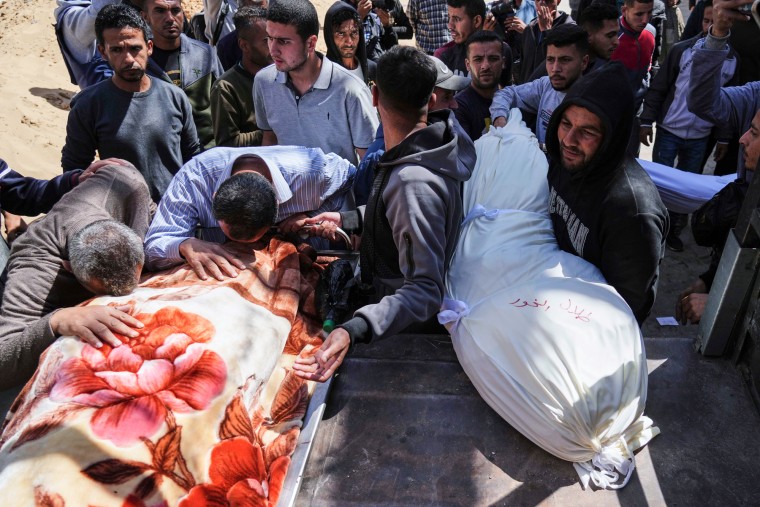
Hany Daboor, a member of Gaza’s Civil Defense, said civilians were increasingly calling the agency to express concerns over what they believed was the targeting of safe zones in Israeli strikes. Echoing Abou Nama, he said, “There is no ‘safe zone.’”
Now, as Israel continues to expand its security zones in the enclave, fears are growing about the increasingly limited space within which civilians can seek relative safety.
“We feel that we are all been blockaded in a small zone,” Abou Nama said.
‘Part of the war’
But Kobi Michael, a senior researcher at the Tel Aviv-based Institute for National Security Studies, maintained that Israel’s latest measures are aimed at pressuring Hamas — not to “reduce the size of the Gaza Strip for the sake of annexation or something like that.”
Still, he said it was likely that Israel would maintain control of buffer zones and seized territory indefinitely, or at least until Hamas’ rule in Gaza is brought to an end, with a new system of authority ushered in.
“We are still in a war against Hamas. And this is part of the war,” he said.

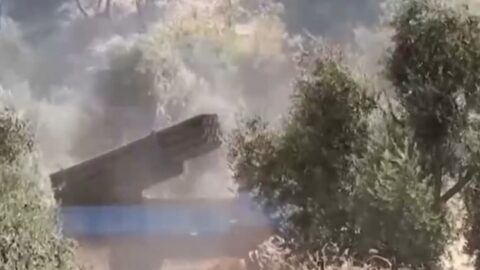
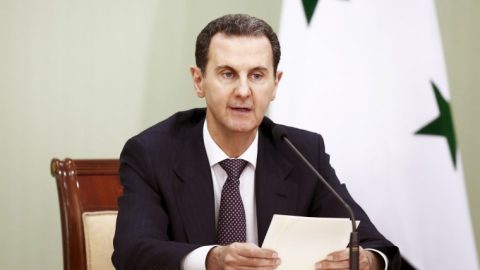
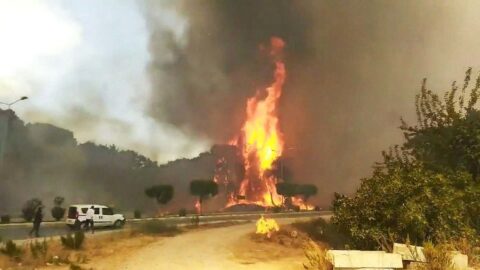
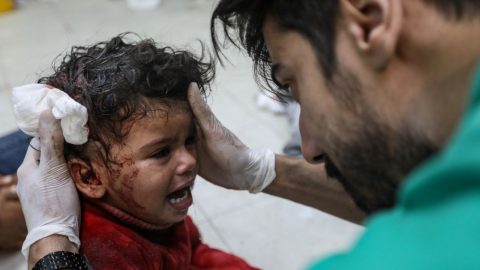
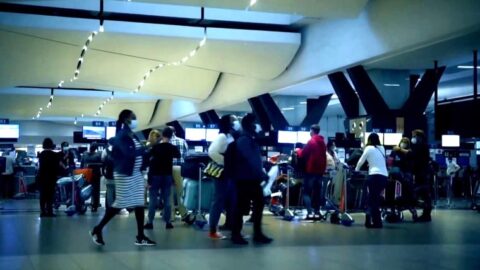
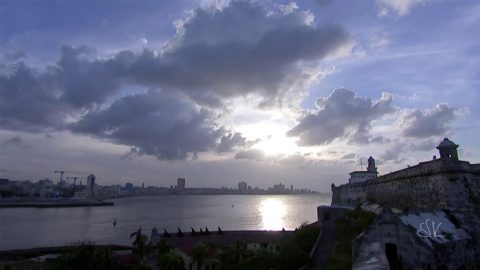

Recent Comments